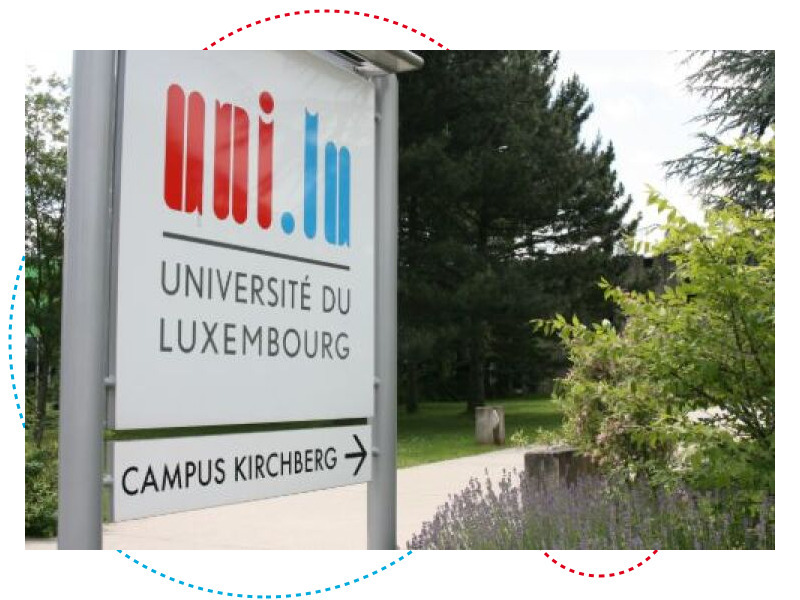Abstract
We build a model of long-run growth in which two countries compete for a resource in fixed supply (land, oil, rare earths). Individuals allocate their income between consumption, fertility, education, and military spending. The non-cooperative solution delays the demographic transition and the exit from the Malthusian trap, and reduces investments in education. We also find that: i) A small asymmetry in productive efficiency leads to growing differences in the control over resources. ii) This accelerates the transition out of Malthus for the advantaged country relative to the disadvantaged country. iii) This asymmetric phase amplifies small initial differences in GDP per capita, and the gap between the two countries reaches a peak during that period of time. iv) Increasing fertility in the disadvantaged country leads to a growing relative population, which reduces the gap in military capabilities. This leads to a gradual return to an equal control over the fixed resources. v) In the long-run, large differences in population and GDP/capita persist. We discuss how the model captures the historical dynamics of divergence and reconvergence between the West and the Global South.
